At this point, we’re past the point of why you should travel to the Philippines — especially now that it’s welcoming foreign tourists again. From the idyllic beaches and sky-high mountains, to the bustling cities and heritage sites, the possibilities are endless in this archipelagic country. We’ve also previously made a list of do’s and don’ts for foreign travellers who are visiting for the first time. Now, we’re sharing some of the things you should expect… even when you might not be expecting these.
Clearly, we’re talking about those Filipino practices that cause culture shock of varying degrees among outsiders; whether it’s local traditions, odd cultural norms, or something else. Having lived in the Philippines my entire life, I’ve heard plenty of culture shock stories from foreign friends and acquaintances, as well as Filipinos who didn’t grow up here. Nonetheless, these are part of what makes this country such a fascinating destination.
So, here are some of the things that are super normal for locals — but actually surprising for those who haven’t experienced living in this country!
1. English is very, very common…
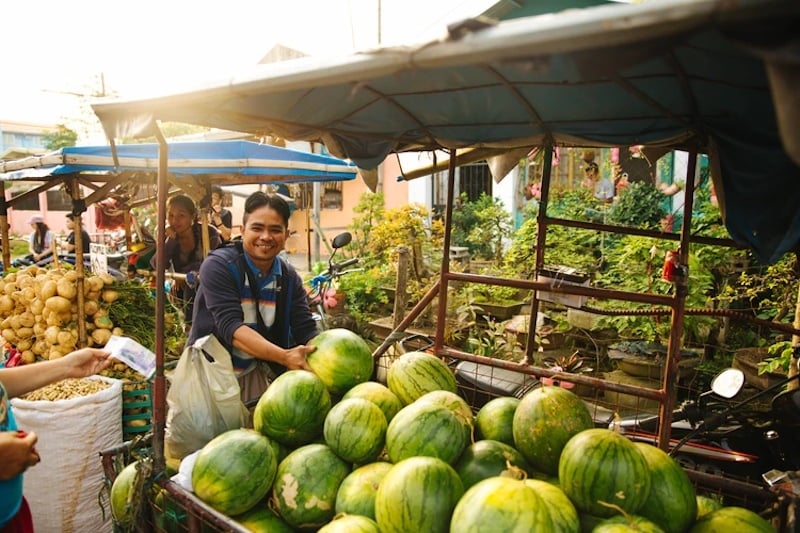
Image credit: Avel Chuklanov
While knowing basic Filipino phrases certainly goes a long way, those having a hard time memorising need not worry. The Philippines is one of the largest English-speaking countries, with the majority of its population having at least some degree of fluency. Sometimes, foreign travellers are even surprised to hear locals speak with a very Western accent to boot.
And yes, English is common even when you venture outside major cities! In fact, the only thing that you might need to take into consideration would be the accent. But hey, this one could be easily resolved with context clues and gestures.
Note: Unlike most countries in Asia, the Philippines uses American English rather than British English.
2. …And so is code-switching

For those who don’t know, code-switching is when a multilingual speaker alternates between two or more languages (or even language varieties) during a single conversation. In the Philippines, the most common form of code-switching is Taglish: the combination of Tagalog and English.
Note, though, that Tagalog is not the same as Filipino — the Philippines’ national language, as well as what we call our people. There are over 120 languages that exist in the country, and Tagalog is one of the most commonly used, especially in Metro Manila and Central Luzon. Simply put, Filipino is the standardised version of Tagalog.
Since you’ll most likely be recognised as a foreign tourist, most locals would probably try to speak to you in straight English; but try not to look so shocked when you hear them converse in rapid-fire Taglish with fellow locals! Although, feel free to listen in awe at how easily we can switch from Tagalog to English… and even a bit of Spanish sometimes. Yup, complete with changing of accents, too.
Also read: 10 Reasons Why You Should Learn The Local Language Before A Trip
3. Five meals a day? No prob
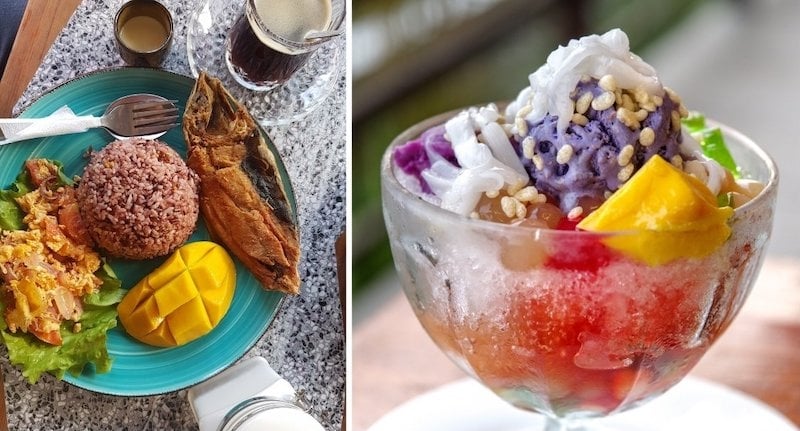
Image credit (L-R): Ana Casandra Tan; bugking88 via Canva Pro
I know many foreigners who get initially shocked by Filipino eating habits. Specifically, the fact that it’s totally normal to have five meals a day: breakfast, lunch, afternoon snacks (or merienda, as we call it), dinner, and late-night snacks. But come on, have you tried Filipino dishes and locally produced snacks? Not to mention the street food scene? All we can say to you folks is, don’t knock it until you’ve tried it!
4. Family meals are sacred

On the more endearing side of Filipino practices is the concept of family mealtimes. It’s quite common for locals to make time for these — regardless of how old they are, or where they are on the conservative-liberal spectrum. Don’t be surprised when you see thirty-somethings (who are obviously very busy) grabbing dinner with their parents on a weeknight, or elementary kids coming home just for lunch!
5. It’s best to use honorifics when meeting someone for the first time
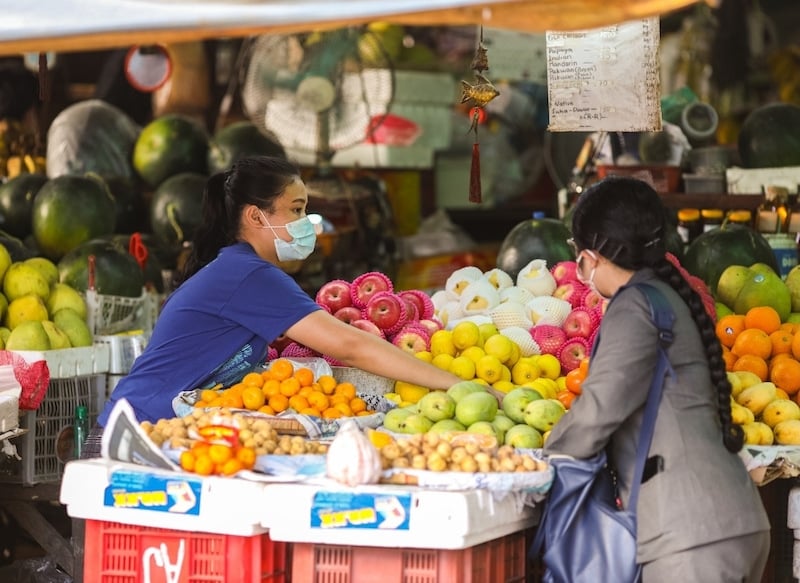
Image credit: Paul Ricafrente via Canva Pro
Honorifics are an integral part of Filipino customs and traditions. Generally, it’s considered rude when you address someone only by their first name, especially if you aren’t well acquainted yet. That said, make sure to use the correct honorifics to be polite.
If you wish to approach a local, but you don’t know their name yet, you can address them as “ate” (pronounced as “ah-teh”, meaning “older sister”) if they’re female, and “kuya” (pronounced as “koo-yah,” meaning “older brother”) if they’re male. This mostly applies to both strangers who might be slightly older than you, as well as cab drivers and personnel in commercial establishments. And yes, these terms apply even though you’re not really biologically related to someone.
Additionally, make sure to say “po” (generally used at the end of sentences) and “opo” (meaning “yes”). These are a great way to express courtesy to strangers, regardless of age.
6. Slow-paced lifestyle is the way to go

Image credit: Adam Navarro
Okay, maybe other locals (especially those in big cities) might beg to differ. But from many outsiders’ perspectives, Filipinos value their leisure time compared to other cultures. It’s almost as if rest and relaxation are a must-add to one’s daily schedule!
7. Staring is kinda normal
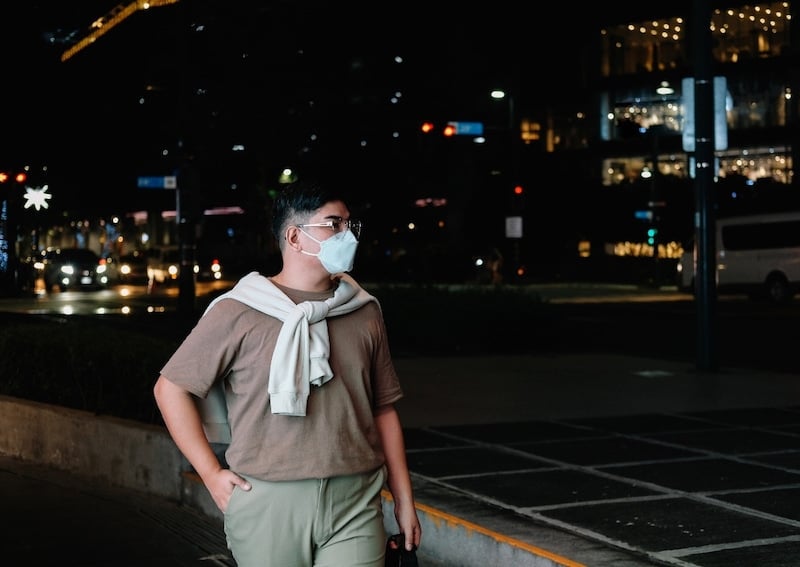
Image credit: Clauii Campos via Canva Pro
This is especially true if you obviously look like a foreigner. Try not to get too weirded out when you’re out in public and you see some locals (regardless of gender) glancing at you for a bit too long. Perhaps just think of it as a compliment? Although, personally, this is one of the few Filipino practices that I consider a pet peeve. But hey, what can you do?
8. Your bags will get inspected at mall entrances

Image credit: Howard the Duck
Planning to drop by a mall during your trip to the Philippines? Before entering, an armed security guard will be inspecting the inside of your bag. Some malls even have an X-ray scanner similar to those in airports! So, yes, no need to be alarmed — it’s all standard protocol.
9. There’s a huge difference between tissue and napkin
This is perhaps the funniest source of foreigners’ culture shock in the Philippines. We strongly advise against using these two English words interchangeably. Why? Okay, here’s a quick guide on what each word means for most locals: Tissue can either mean table napkin, facial tissue, or toilet paper, while napkin means sanitary pads. So, be careful not to mix these two up, lest you want to get suppressed laughter from service workers.
10. Always keep some toilet paper in your bag

Image credit: Anna Shvets
You know the whole “tissue vs. water” debate when it comes to cleaning your you-know-what when nature calls? In the Philippines, water is the obvious winner. In fact, most public restrooms have either a bidet or a tabo (dipper) with a pail of water. And if that’s not your jam, then better have a roll of toilet paper with you whenever you’re out! Sure, some public loos have these at the ready, but do you really wanna take that risk?
11. Going inside a cafe or fast food restaurant just to use the bathroom is a thing
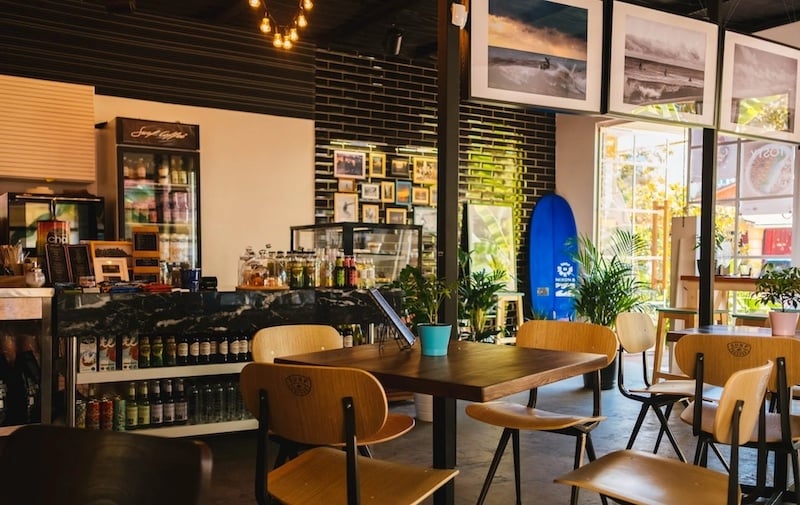
Image credit: Igor Starkov
Okay, this is the last one among toilet-related Filipino practices, we promise. Did you know that, in most dining establishments, you don’t need to order anything just to use their restroom? Yep, no need to get the code, key, or whatsoever to enter the loo. This is a pretty convenient hack that not many foreign travellers know about during, er, desperate times.
Although, we strongly suggest doing this only when you really have to (i.e., you can’t hold it in much longer). If you’re on vacation in the Philippines, chances are you’ll have enough time to spare. That said, why not support the establishment by ordering a drink or snack to-go, or even dining in? It’s the least you can do, after all!
12. Some locals use specific brands as an umbrella term

Image credit: ASphotostudio via Canva Pro
When in the Philippines, you might hear some locals use brand names when referring to certain objects you’ll find at the grocery. For instance, did you know that “Colgate” is sometimes an umbrella term for any toothpaste? The same goes with “Vaseline” for petroleum jelly, “Kleenex” for facial tissue, and “Lysol” for disinfectant sprays.
That said, if your Filipino friend asks, “Do you have any Kleenex in your bag?” — just know that they don’t necessarily require a specific brand of tissue.
13. You’ll probably need lots of patience while driving
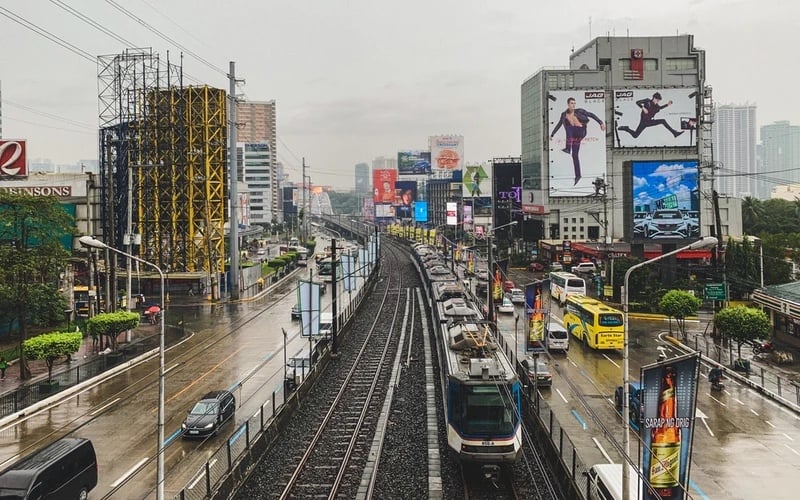
Image credit: Eugenio Pastoral
Thinking of driving in the Philippines during your stay? Well, fair warning: The traffic rules (or lack thereof) might shock you. Oh man, where do I even begin? From incessant honking and tailgating on the highway, to not signalling and not staying in the right lane; these are just the tip of the iceberg! Don’t be surprised either if you see drivers parking, loading, or unloading just about anywhere.
Despite these, it would be unfair to assume that local drivers have an “It’s every man for himself” mentality. If you’ve seen how terrible the roads and infrastructures are in the Philippines compared to other countries, then is it any wonder why some would resort to drastic measures? That said, this is also why it’s often impossible to get to your destination on time.
14. Some locals tend to be way too friendly

Image credit: Helena Lopes
This is one of those Filipino practices that might appeal to extroverted travellers. Basically, there’s a reason why many consider the Philippines as one of the friendliest countries in the world — and that’s thanks to locals who give a warm welcome. However, there’s a sort of downside to this “friendliness” that sometimes borders on overfamiliarity… especially if you’re travelling for work purposes.
Having worked with dozens of expats in the Philippines before, I’ve noticed that their common complaint is somewhere along the lines of, “Why do we have to be so chummy with everyone?” Not that I can blame them, because there is indeed a lack of straightforwardness even in professional settings. Some locals would prefer that you get acquainted with them first, rather than go straight to the point (and get things done fast). So, yes, it’s obviously not everyone’s cup of tea!
15. Food and hospitality is our love language
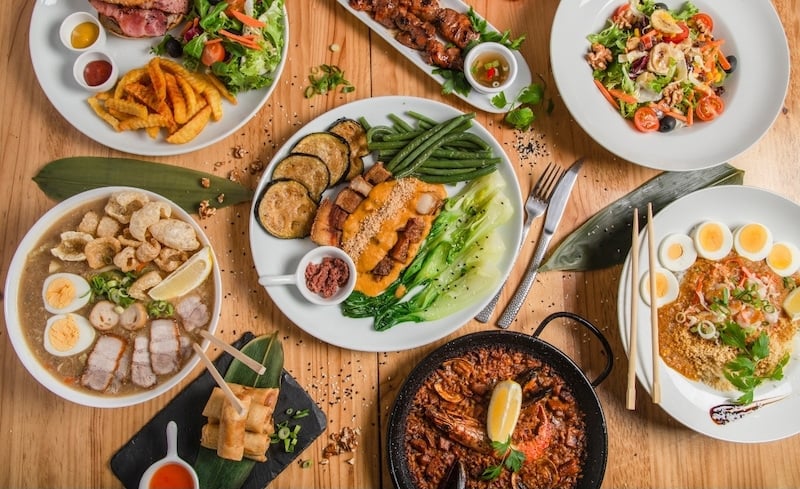
Image credit: Jordi Calvera via Canva Pro
Yes, at times, Filipinos’ friendliness might come off as overfamiliarity. But other times, it’s a breath of fresh air when you experience Filipinos going out of their way to make you feel welcome! Don’t be surprised when you get acquainted with a local, and they soon invite you to lunch at their family home.
In fact, one of my colleagues from Singapore has expressed her fascination with Filipino practices like this. “Here, it’s quite rare for someone to be that hospitable,” she said. “I suppose in most countries, people wouldn’t do that unless they know you a little better.”
Then once you’ve arrived at your local host’s home, prepare to have lots of delicious food waiting for you! This is because most Filipinos believe that food is best enjoyed in the company of others. Hence, we recommend saving enough space in your stomach for the meal that your host has generously prepared.
Well, that was quite an interesting list. And those are just the most common Filipino practices that often surprise foreigners!
Have you ever travelled to the Philippines before? Or is this country part of your post-pandemic travel bucket list? Whichever it is, this list should help you get acquainted with the place in no time.
Featured image credit: RJ Baculo | Unsplash




